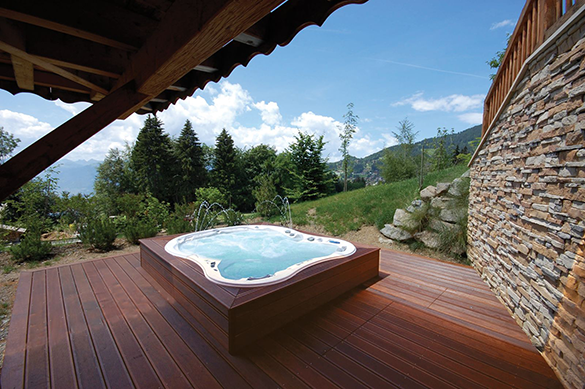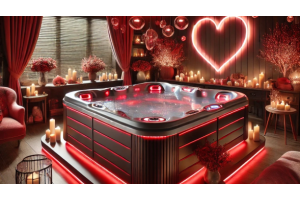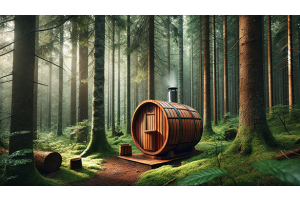Why are there so many different types of hot tub insulation?

Insulating a hot tub effectively is crucial for energy efficiency, cost savings, and maintaining optimal water temperature. Different insulation methods exist due to the diverse needs and preferences of users and the varying environmental conditions in which their hot tub will eventually be located. Of course, the manufacturer has a major say in the insulation process. You could consider buying a heat pump for your hot tub to reduce your running costs and energy bills.
Why are there so many different ways to insulate a hot tub?
Insulating a hot tub effectively is crucial for energy efficiency, cost savings, and maintaining optimal water temperature. Different insulation methods exist due to the diverse needs and preferences of users and the varying environmental conditions in which their hot tub will eventually be located. Of course, the manufacturer has a major say in the insulation process.
Their decision on how their hot tubs are insulated/or not, could simply be to produce a much cheaper hot tub, specifically because their target audience are based in a country with a warm climate (say Australia, California or southern Europe) or they want to lower production costs and be more profitable!!. Here are some reasons why there are multiple ways to insulate a hot tub:


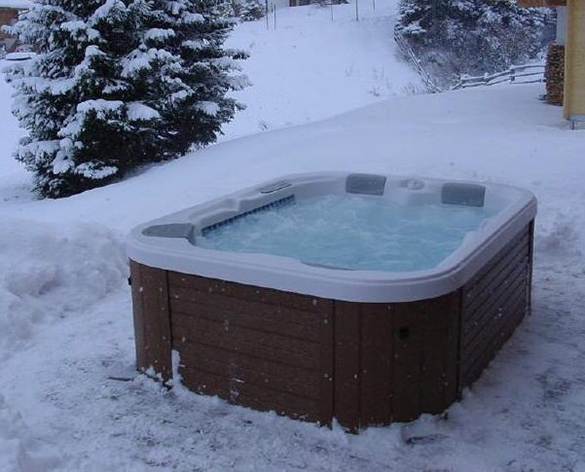

1. Varying Climate Conditions:
Hot tubs are used in diverse climates, from tropical regions to areas with harsh winters.
Different insulation methods cater to the needs of these environments.
For instance, thicker and more comprehensive insulation is often crucial in cold climates to prevent heat loss, whereas milder climates may require less extensive solutions.
2. Different Hot Tub Designs:
Hot tubs come in various shapes and sizes, affecting insulation strategies.
A traditional in-ground hot tub may have different insulation needs compared to a portable or inflatable hot tub - especially if the hot tub is going to be installed indoors.
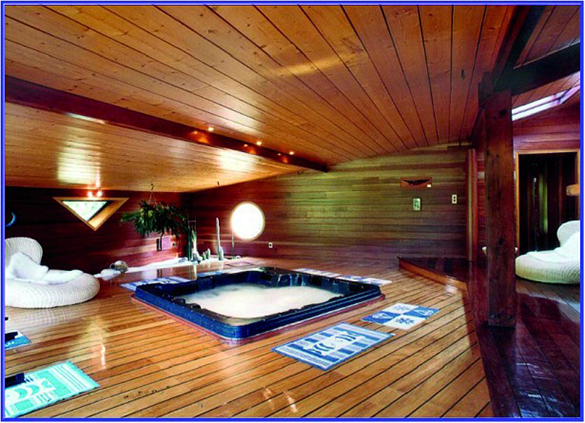



3. Insulation Types and Materials:
There are several types of insulation materials available, such as full-foam, partial-foam, reflective materials, and fibre insulation.
Each type has its benefits in terms of cost, efficiency, and ease of installation.
- https://a5spas.co.uk/blog/post/what-is-the-best-type-of-hot-tub-insulation
4. Energy Efficiency Considerations:
Different insulation methods can offer varying levels of energy efficiency. Cost-conscious or eco-friendly consumers may prefer methods that enhance energy conservation, even if they have higher upfront costs.
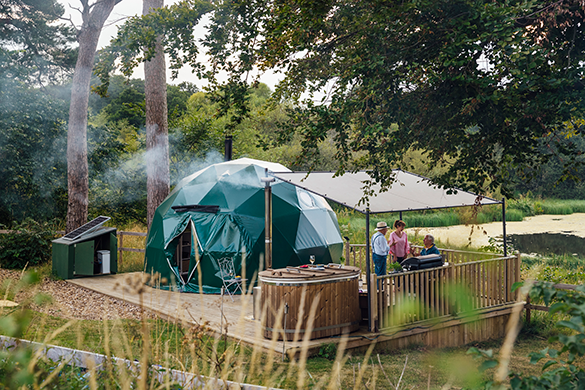



5. Cost and Installation Differences:
Ease of installation and cost can vary significantly among different methods.
Some might prioritise budget-friendly, do-it-yourself solutions, whereas others may opt for professional-grade materials and installation for maximum efficiency.
6. Advancements in Technology:
Insulation technology continues to evolve, offering new materials and techniques that improve efficiency and ease of use.
Innovations can lead to diverse options in the market as manufacturers strive to offer the latest and most effective solutions.


7. Customisation and Retrofitting Needs:
Some hot tub owners may be looking to retrofit existing units, requiring flexible insulation solutions that can be adapted to older or unique models.
Other ideas to increase the hot tub efficiency might include custom fitting a hot tub heat pump
Overall, the variety of insulation methods reflects the need to accommodate differing user priorities and environmental factors, ensuring everyone can find an effective solution tailored to their specific hot tub use case.


